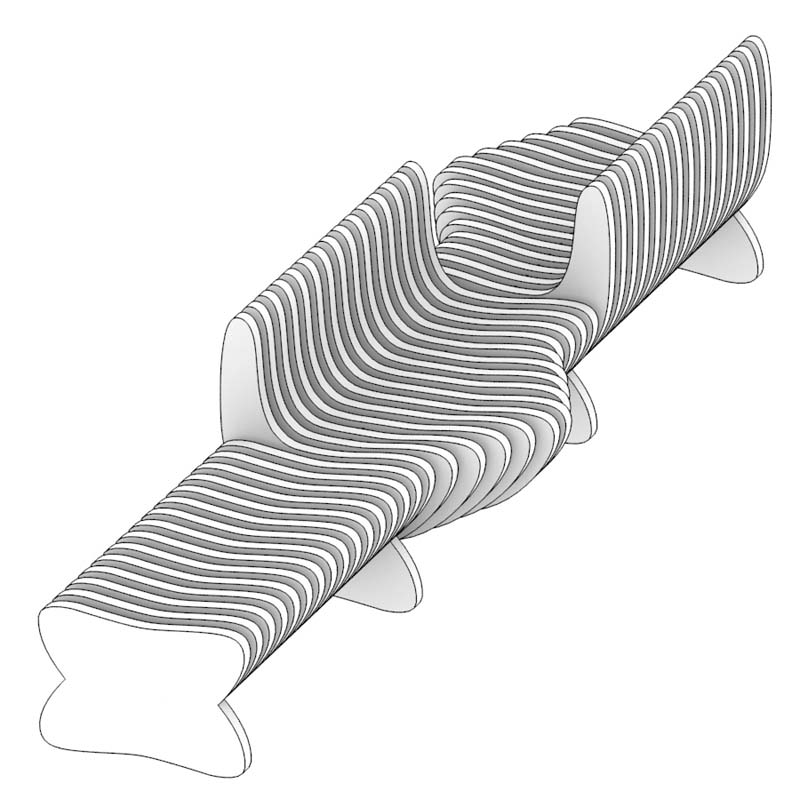

The purpose of the research paper "take a seat"is to explore the concept of standing or sitting in public urban spaces, with references both to the terms "sit" and "seat" as well as the urban equipment that they involve. The main theme is approached with emphasis on principles and criteria such as the bioclimatic design of outdoor spaces, but also the satisfaction of the thermal comfort of their users.
Thematically, the research is divided into three sections. The first part analyses matters that include the appearance, the evolution, the classification, the importance and the use of open spaces. Then, it describes the impact of natural and human factors on the quality of urban environment and records the specific comfort conditions in outdoor spaces.
The second part is a more thorough reference to bioclimatic design and the theoretical knowledge that comes with it. Following, there is a transition to a more practical level, by listing studies of redeveloped public urban spaces and examples of urban furniture design.
Finally, the third part examines the importance of standing or sitting as well as the "types of sitting" and urban equipment. Moreover, by combining the knowledge assimilated by the survey as a whole, a model of urban furniture is proposed, which aims to satisfy users and to activate and expand the use of outdoor urban spaces throughout the year. The model "take a seat" consists of a modular, repeatable system that can be adapted to the individual needs and requirements of the space and its users. It incorporates various scenarios of use, ranging from the case of a simple bench to the case of a more complex bus stop. It can also incorporate new technologies that can further improve the thermal comfort of users and make it a promising proposal of urban furniture.
Supervisor: Tsangrassoulis Aris
Reference Number: 618


The purpose of this research project is to explore the value of incomplete - endless - imperfect design, already applied in other scientific and artistic fields, for architecture. The starting point was the recognition of incomplete design as a design methodology that is increasingly present in the IT area. This design practice has not fully identified and classified as a specific methodology. The idea of incomplete design is associated with several ideas that have occasionally appeared in some philosophical, sociological, literary, musical, cinematic and architectural currents. At the beginning of this research project, we examine the design principles of two well known digital platforms (Wikipedia and Linux) that, in the context of this study, are considered incomplete. These platforms ensure the functionality of their structure being articulated as collective knowledge provisions, established utilising a customised swarm intelligence. The concept of swarm intelligence tends to establish into the architectural discourse, exerting its charm as a split into small, simple units, flexible and variable in time wholeness. At the time that the idea of collective intelligence ceases to be science fiction and gradually turns into a crucial cohabitation parameter, which could be the response of architecture? Most incomplete designed systems that will be mentioned contain, as their intrinsic component, adaptability and change. Is incomplete design capable of leading to a form of “underdesigned” architecture that will transform the stable relations inherited from history?
Supervisors: Paniyiris Costis, Papadopoulos Lois
Reference Number: 597
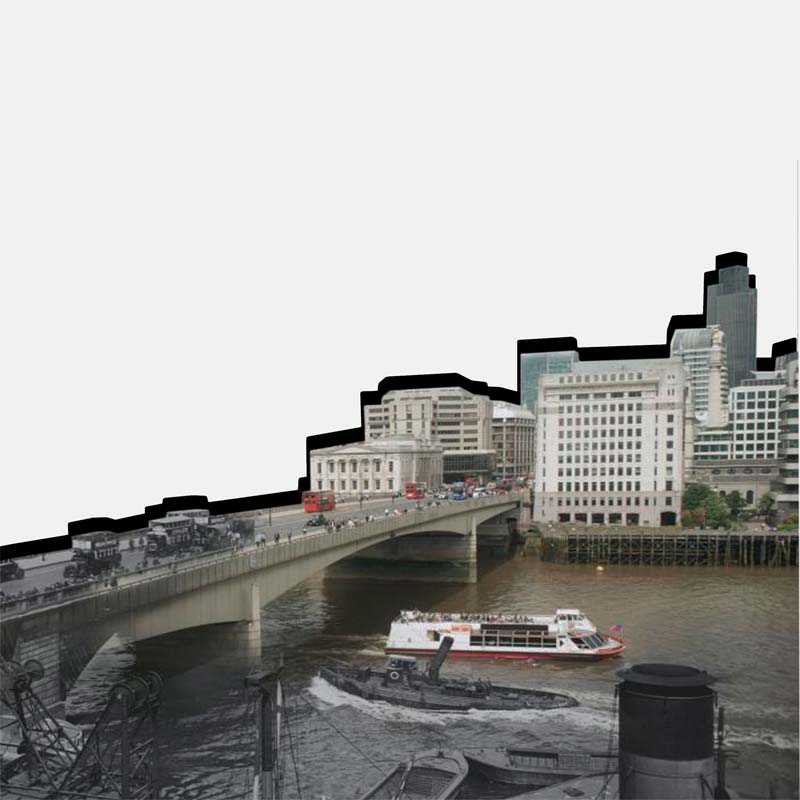

In this research paper we attempt to categorize regenerations in the biggest cities of Europe and Usa in order to develop a comprehensive presentation of successful interventions, or even the lessons of the failed ones, and then we refer to the efforts made from time to time for such reconstructions in our country. These reconstructions refer to sections of urban or interurban tissue that are abandoned and no longer bear other use. More generally, the transformation of the metropolis include various urban regeneration and integration of new uses mainly cultural and subordinate uses in abandoned areas. The interest in this area stems from the fact that the recovery of abandoned areas (inactive industrial sites, mines, power stations, etc.) is one of the elements of modern urbanization, which in our country is not seriously considered. We hope that this research paper , despite the short range of it, will become the springboard for developing new ideas for the reuse of such sites in Greece.
The aim of this literature work, is not the export of a conclusion that would weigh the advantages and disadvantages of methods, but exploring new horizons in regeneration issues. How likely it is for an existing use to turn into something so different without looking foreign and irreconcilable?
The main methodology development is based on the following steps:
1. Theoretical approach of regenerations in urban spaces
2. Examples divided into categories based on the initial use of the sites
3. Examples-recovery efforts in Greece
4. Conclusions
Supervisor: Adamakis Kostas
Reference Number: 592
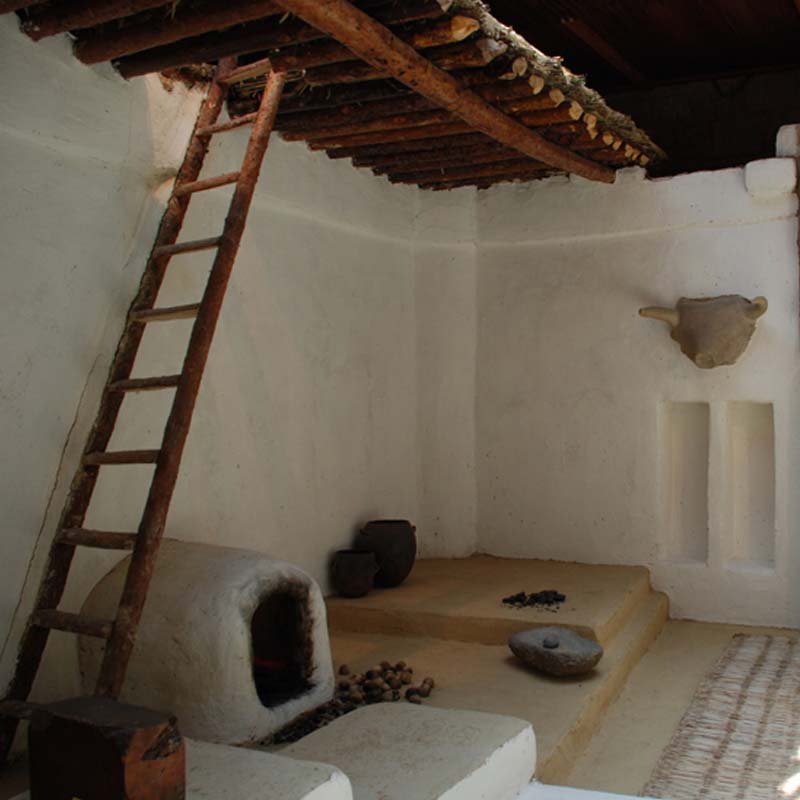

During the Neolithic Age, a number of transformation that occur among human societies result in the establishment of permanent settlements and the adaptation of practices such as agriculture and animal husbandry. These changes will radically alter the features of these societies on economic and cultural level.
Çatal Hüyük is a modern excavation on the ruins of a Neolithic settlement of Anatolia. Founded during this stage of transformation, it is one of the most impressive examples of a sedentary Neolithic society. The abundance of well-preserved artifacts, brought to the light by the archaeological research, allows an in-depth study of the daily life and the idiosyncrasy of the people in its wake.
The elements highlighted by the research are the particular architecture and planning of the settlement, the unprecedented artistic expression in terms of means and quantity, the methods of distributing the production process, as well as the habits that constitute part of the rituals concerning life, death and co-existence in the meantime.
In their turn, these elements enrich the discussion about the nature of the transformations of the Neolithic Age, turning the focal point from the economic parameters to daily practices and to what can incite them.
Supervisors: Gounaris Alexandros, Papadopoulos Lois
Reference Number: 599
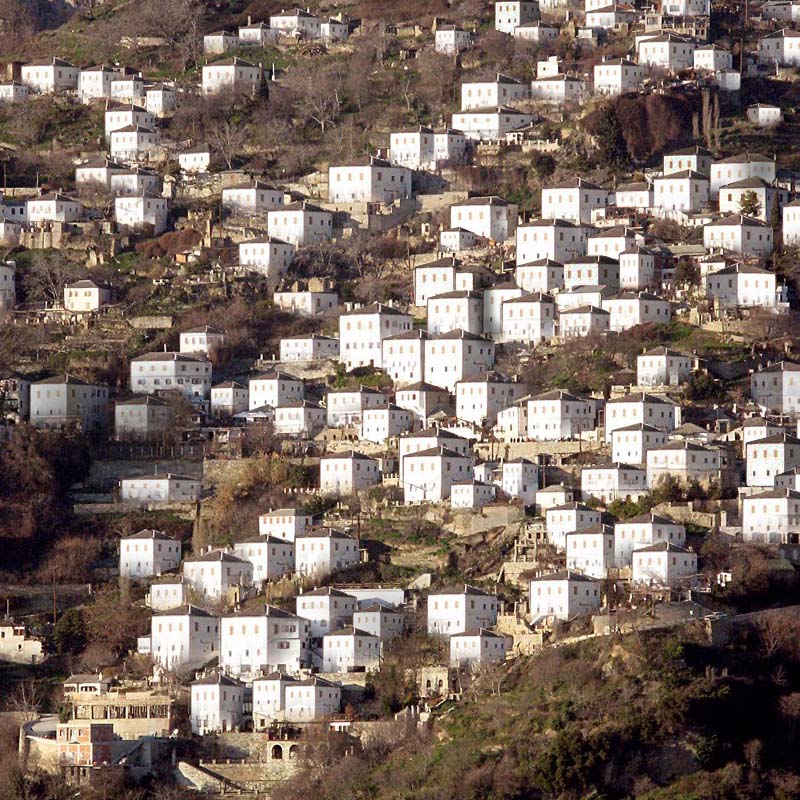

The composition and evolution of architecture could be related with copying and pasting elements that serve the purpose of every creation. The combination of miscellaneous elements, each one of which has different use, could produce an interesting and functional result. The pursuit of the principles on which every composition is based could arise from the collection of various elements, technics or fragments of the existing material, either consciously or unconsciously. Consciously when the existing material is proved to be functional and it is in the position to satisfy new needs. Unconsciously when our stimuli lead us to common principles. The demand for effectiveness in architecture does not leave us room for experiments. The construction keeps changing with the discovery of new technics and technology. The shapes and forms are invigorated. The designing principles are evolved.
Architecture and copying were always in close relation. In this paper we are trying to prove that the art of architecture is not only based on originality but also on the evolution and rearrangement of the methods and the typologies that make it functional. The complexity of architecture does not allow us to talk about copyrights, since copying is mostly based on ideas and principles that bring together many diverse elements. Uniformity is not a state that eventuates from copying but a characteristic that is pursued in architecture. Repetition is a guiding component both of a building and of a whole city. Eventually, architecture comprehends copying in a level that it allows architecture to be specific. To fulfill needs and to follow the forms and rules. It is related with psychology and the way of living and its need to succeed is huge. That is why the successful architecture cannot stop copying and being copied. Good and functional architecture is like a good recipe that is replicated over and over again.
Supervisors: Papadopoulos Lois, Psychoulis Alexandros
Reference Number: 627
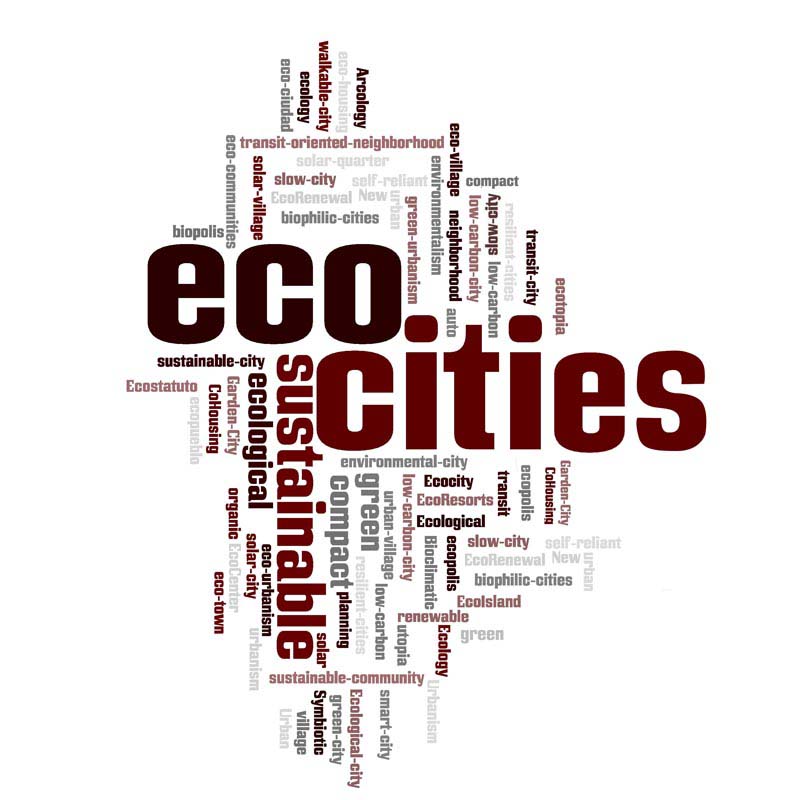

Air pollution, environmental degradation, climatic change, resources' depletion are few of the environmental problems that modern society has to face. Also the modern city face problems like the lack of green urban spaces, the increasing use of automobile, the quality of urban life and more. Activists and scientists are trying to find solutions to these problems during the last decades. The ecological city could be one of them, helping simultaneously improve the urban environment and heal the planet. This study attempts to discover the characteristics of this city and present various ways of implementating them in the city. In that thought, the first chapter refers to the social – political context of the ecocity's evolution, while the second presents the characteristics of the ecological city, various indicators of sustainability and application systems. In the third section I present two case studies. The first city I examine is Curitiba, Brasil. A city that was praised internationally for the policies that had followed in the past decades and the first to be called as an ecocity, while the second, Masdar City in Abu Dhaby is a recent attempt to create a city from scratch with zero emissions of carbon dioxide based on renewable energy resources. It would be interesting to see if this concept in the future will be adopted on a bigger scale worldwide or will simply become another trend of urban planning.
Supervisors: Tsangrassoulis Aris, Trova Vasso
Reference Number: 615
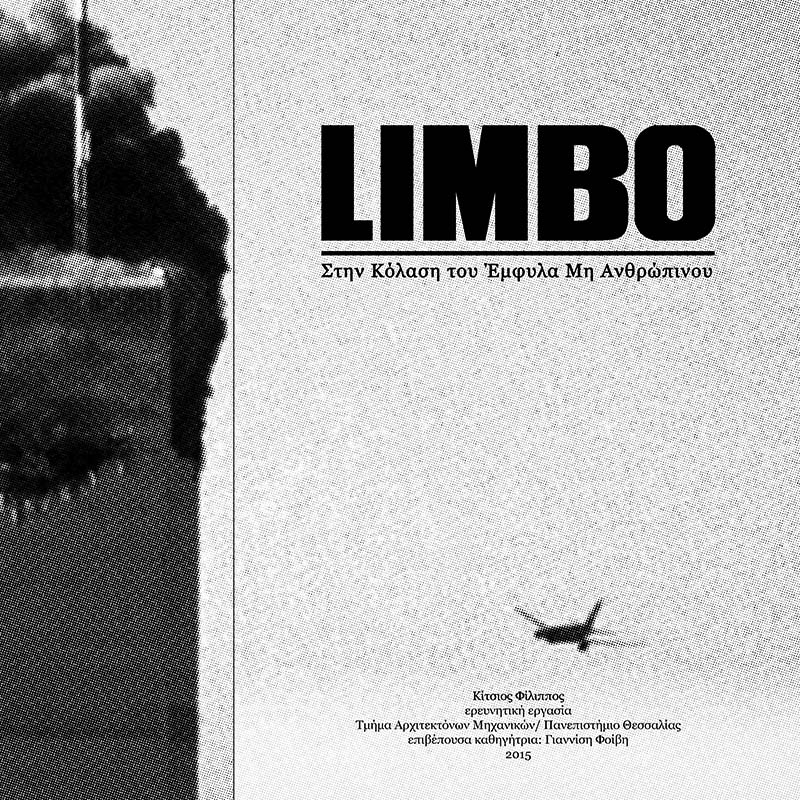

How some bodies matter, some lives deserve protection, salvation, mourning, deserve space? Trying to answer this question we utilize various thoughts and theories on gender relations and sexuality. However, we can’t understand the processes of formation human subjects without referring to deferent scientific fields and without relating deferent parts of knowledge. Firstly, we explore the crisis of the meaning of human today, its connections with contemporary technology and war. We also present some critiques on the topic from feminist and queer aspect. Today we can see growing parts of humanity inhabiting inside a zone of indeterminacy, between human and inhuman. We make a journey to the past, at the era in which gender relations and sexuality started taking the form they have today. Going back in the Medieval Europe, we study some distinctive moments of the “History of Sexuality” comparing it with the witch hunt. We focus on biopolitical power and the “Vita Activa” so that we can see how contemporary power, through the state of exception, produces the bare life. Then, we put in the center of our study the reproduction labor and we investigate the links that connect it with family and relation. Architecture is used as a tool for this process, so we study some examples that enlightens the gender relations inside the family. How can architecture bring in surface those relations that are in crisis? Finally, we reverse this question and we ask: which are the challenges of architectural design in our times, when bigger and bigger part of the human species is expelled from humanity and does not deserve space? When architecture designs for a subject, which lives in a zone of indeterminacy, with disrupted relation, what is future going to bring to architectural design from the depths of Limbo?
Supervisor: Giannisi Phoebe
Reference Number: 624
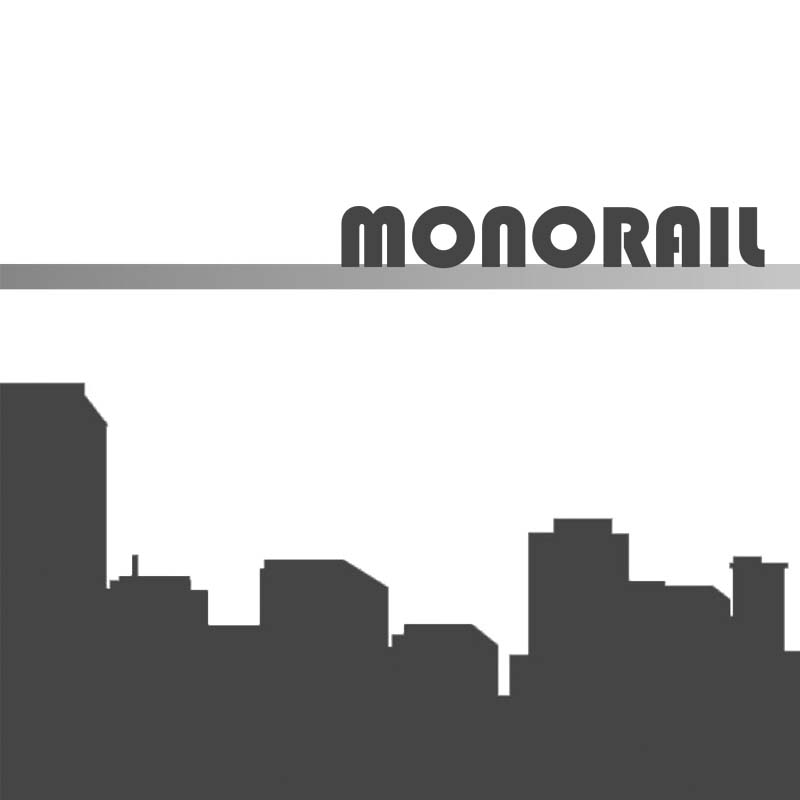

Monorails have been praised as the future mode of transportation and they have always seemed to go hand-in-hand with technological innovations and a sense of utopian awe. However, along with the concept of flying cars and transportation in tubes, monorails are often depictedas imaginative caricatures of an obsolete era of transportation planning. Monorail, is often considered as a historic footnote, a remaining of the International Fairs, or in the best case scenario, an automated ride between stations and airport terminals.
The pioneers of this form of transport envisaged a future where everyone, everywhere, traveled in gleaming high-tech splendor, balanced on a single rail. The first decades of the 20th century had been an era of flourish for monorail in the pages of sci-fi books and technology magazines. Moreover, after 1950's monorails have been included in many International Fairs, as a mode of transportation coming from the future. A milestone for the spread of monorails, had been the integration of the popular monorail system in DisneyLand in 1959. The ambition of the system's developers was to create a solution for mass transportation needs all around the world, however monorails would have mainly been linked with amusement park rides.
Today, there are several monorails in cities across the world, often being extremely effective and viable means of intra-city travel, however their reflection as theme park attractions is something they have failed to defenestrate. Japan is the exception regarding the use of monorails, since its large cities has relied on monorails for the vast transport of passengers, since the mid 1950's.
Monorails offer a fanciful way of seeing the city, with the latter being the scene of the contemporary spectacle. Reading and interpretation of the city takes place through the act of wandering (flanerie) and gazing. The panoramic view of the ground and the city that monorails offer to their passenger makes them very appealing, since viewing the urban space from a height causes universal charm and - according to Michel de Certeau - transforms the passenger into a voyeur.
Monorails are an experience on their own, an idea that is often being overlooked during the planning of a transport system. Maybe is the misty-eyed view of utopian ideology which is so appealing about monorails, but their place in history deserves more than a relegation to the comedy files of city life.
Supervisors: Stylidis Iordanis, Papadopoulos Lois
Reference Number: 605

